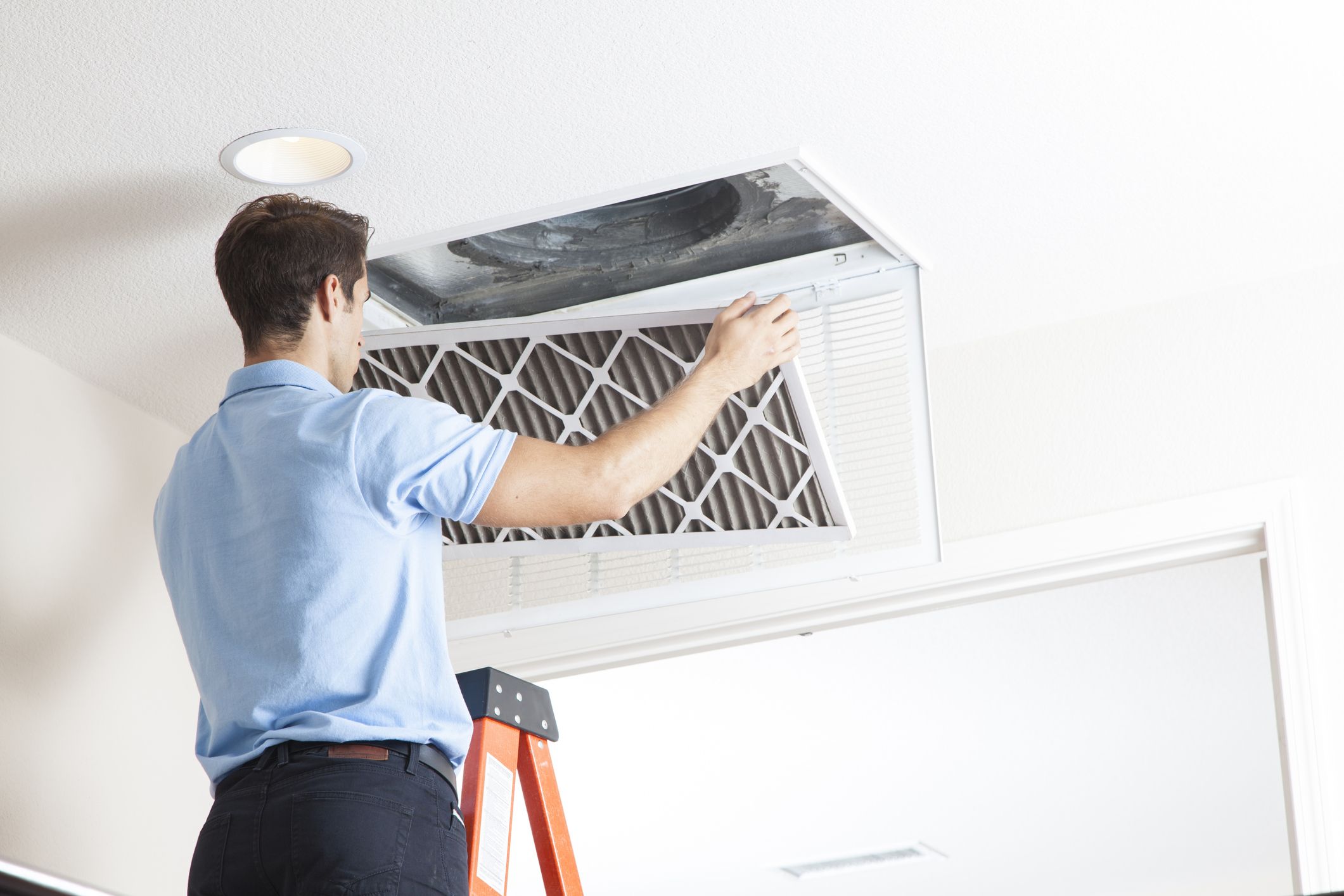
Owning an HVAC business means you’re dealing with different types of units on a daily basis. You need to be familiar with a variety of refrigerants, the way the systems work, as well as how to set up these different systems at your residential and commercial clients’ facilities. However, you also need to understand the entire terminology behind HVAC systems so you can efficiently discuss the available options with your customers and provide optimum solutions.
What essential HVAC terms should I be familiar with?
The following precise definitions will allow you to effortlessly explain the terms to your clients, which will render them more satisfied and more likely to spread word-of-mouth about your expertise:

- ACH (Air Changes Per Hour): The number times in an hour a room gets supplied with air through natural and mechanical ventilation.
- AFUE (Annual Fuel Efficiency Ratio): This ratio calculates your system’s energy efficiency and lets you know about the amount of fuel you use to heat your house versus the amount of energy that gets lost through exhaustion.
- Chiller: It’s used to remove heat from a liquid during absorption or vapor-compression cycle.
- Controller: It controls the work of a part or the entire HVAC system. It can switch a device off and on, or modulate set points of different components such as a thermostat.
- Condenser coil: The component that removes or ejects heat from the entire system. It’s the hot part of a heat pump or air conditioner. It’s typically placed in the outdoor unit, and it requires a clearance of minimum 2 feet for proper airflow.
- Ductwork: Channels or pipes specifically designed for air to flow through. They can be made of different materials such as aluminum, galvanized steel, plastic, polyurethane, and fiberglass.
- Dehumidifier: A set of equipment that’s used to air humidity.
- Diffuser: It covers the ductwork and separates air with the help of vanes that go in opposite directions. It helps distribute airflow evenly in the preferred direction.
- Fresh air intake: An inlet where air from the outside is drawn into a facility. It can either provide fresh air for fuel combustion or replace air inside the facility.
- Grille: It’s typically of rectangular shape, placed across duct opening, and contains several parallel gaps that deliver air to a space that’s ventilated. It prevents debris from passing through and directs airflow.
- Heat pump: A compressor cycling both cold and hot air, designed to make thermal energy move in the direction opposite of the heat flow.
- Heat transfer: An essential step in the cooling process that happens when heat goes from one zone to another.
- Rooftop Unit (RTU) or packaged unit: An outdoor unit that features either a once-through or recirculating design. It normally includes its own cooling and heating device.
- Plenum space: A designated space on the inside of a facility, utilized for airflow.
- Radiation: Direct heat transfer from one surface to another.
- Refrigerant: A cooling liquid used in most cooling and air conditioning systems.
- Split system: An HVAC system designed to let you control temperature in different parts of a facility. Rather than a typical duct system, it features small wall-mounted units.
- Subcooling: The situation when the temperature of the refrigerant is lower than the minimum that’s required to prevent it from boiling. It’s the difference between the refrigerant’s temperature and the saturation temperature.
- Variable Air Volume (VAV): It’s a system with a stable temperature of supply air that varies the rate of the airflow in order to reach temperature requirements. It conserves energy using lower fan speed. Most commercial facilities feature this type of system.







